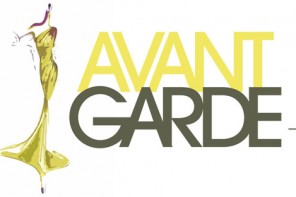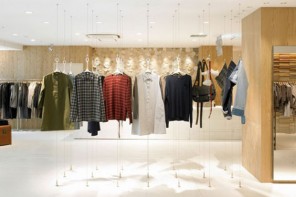Tech gadgets is a multi-billion Rand industry, with new Smartphones, laptops and navigation systems launched every other month. While some consumers are only concerned with the price-tag and functionalities of their new toy, others also consider the “greenness” of the gadget. This month, liveeco looks at the top green gadgets for young, tech-savvy people.
Solar powered computer mouse
Many of us use batteries for a wireless computer mouse (which inevitably leads to heaps of batteries on our landfills). Thanks to a team of researchers at the Delft University of Technology, one of the components of a PC that we use every day can now be charged by the sun.
The “Sole Mio” solar powered computer mouse takes about one and a half hours to charge. This charging time would obviously change the habits of the tech-savvy, environmentally-conscious PC user, so the team developed launched fifteen prototypes as part of a test series to see if the idea would actually be feasible. The solar powered computer mouse is the result of over four years of research by a team of researchers from various universities.
Solar powered tent
In March 2010, New York City hosted a Green Gadgets Con (kind of like Comic Con, but for the eco-friendly that love gadgets). One of the popular gadgets at the show was the solar powered tent by British telecommunications giant Orange.
Orange created the tent as part of its sponsorship of the Glastonbury performing-arts festival. American-based design company Kaleidoscope was commissioned to create a tent that was powered by the sun and would give festival goers a place to chill as well as charge their gadgets.
“Orange know the importance of keeping in contact with friends while onsite and undertook this concept project to look at how the festival goers communicate and power supply needs might be met in the future,” said Orange in a press release about the tent. The tent features photovoltaic fabric, glo-cation technology, a wireless hub, and groundsheet heat. Definitely something South Africans could use at Oppikoppi or Vredefest.
“The development of photovoltaic fabric will revolutionise festival tent design, in working with Orange we have created a vision for a solar tent that we believe is a great glimpse of what’s to come,” said Kaleidoscope Strategist, Finn McKenty.
Green printer uses coffee and tea as ink
While many green classroom and office initiatives try to reduce the amount of paper that gets printed, the reality is that some things still need to be printed and not all documents can be viewed electronically. Jeon Hwan Ju created the RITI printer that uses coffee and tea dregs to make an environmentally-friendly ink for printers. The ingenious printer also doesn’t use any energy – the user puts coffee and tea dregs into the ink cartridge and manually moves the cartridge back and forth while pulling a paper through the printer. While this may not be the best solution for a busy campus printer, it could definitely make a difference if more people have RITI printers in their rooms or home studies.
Bladeless fans
South Africans spend a considerable amount on cooling our buildings. Air-conditioning can contribute a hefty percentage of a household’s energy bill during the warmer months, which is why Sir James Dyson came up with the concept of bladeless fans in June last year. According to Dyson, the bladeless fan is the opening round in his war on air-conditioning. Inhabitat.com explains that the fan works like a jet engine, sucking air into a cyclone accelerator that amplifies it 15 – 18 times before blowing it out over an airfoil-shaped ramp.
Wooden iPod Speakers
The Vers 2X wooden iPod speaker is covered in cherry veneer and free of any toxic plastics or other materials. The handmade speakers, which are made with 100% sustainable cherry wood, come with 2 15-watt 3” speakers, 2 rear-facing subwoofers, a remote and an audio input jack to attach a non-iPod mp3-player.
Kindle eReaders
According to 1st-ecofriendlyplanet.com, we bulldoze the size of New York’s Central park every 16 minutes at the rate we chop down trees. Printing paper for books contributes to a large amount of the forests we destroy, which is where eReaders come in.
The Kindle is a relatively new concept that functions as an electronic reader. The Kindle can store up to 3,500 books, newspapers, magazines and blogs, making it easy and efficient for users to store their reading material and cutting down on the amount of printing that is needed.
Wooden headphones
The goal of Thinksound’s wooden headphone was to create an audio device that would provide the user with incredible sound and the smallest eco-footprint possible. The tagline headphones is “Clear sound with a clear conscience” and the product is made with real wood, which creates a more natural resonance and great acoustics.
The liveeco team








